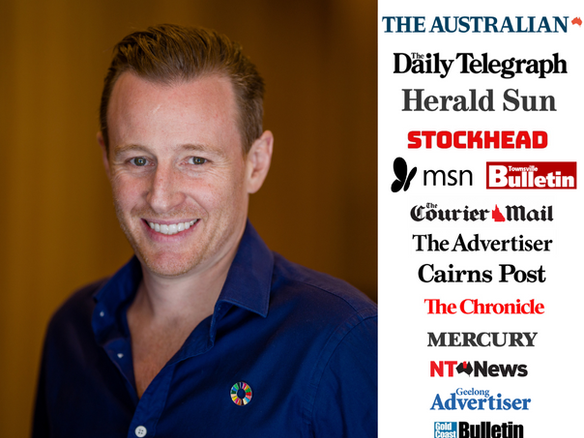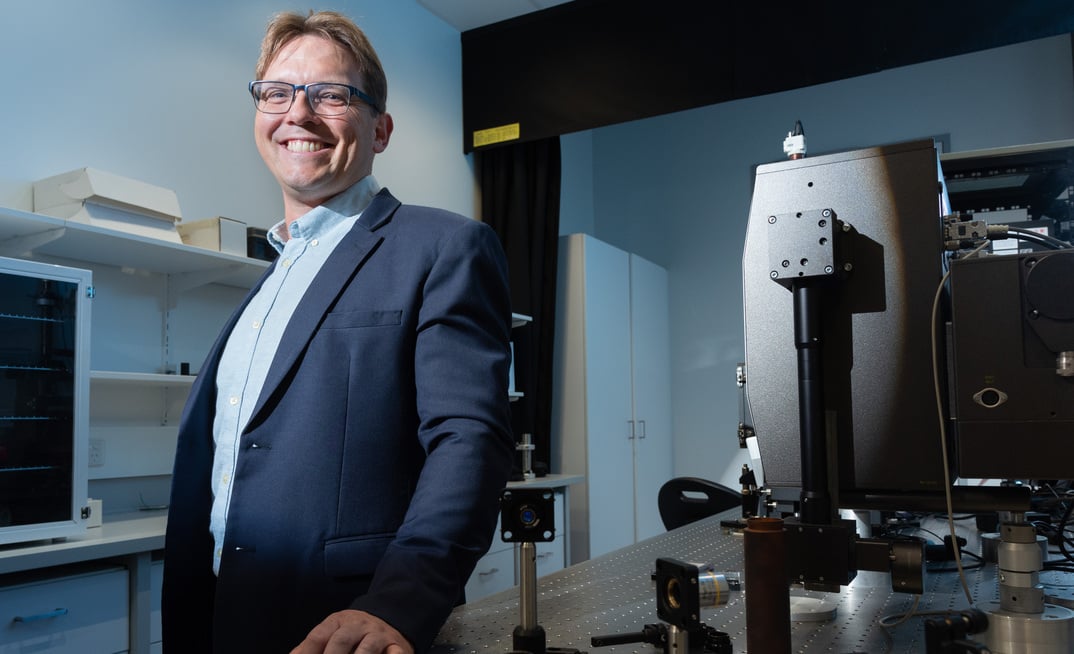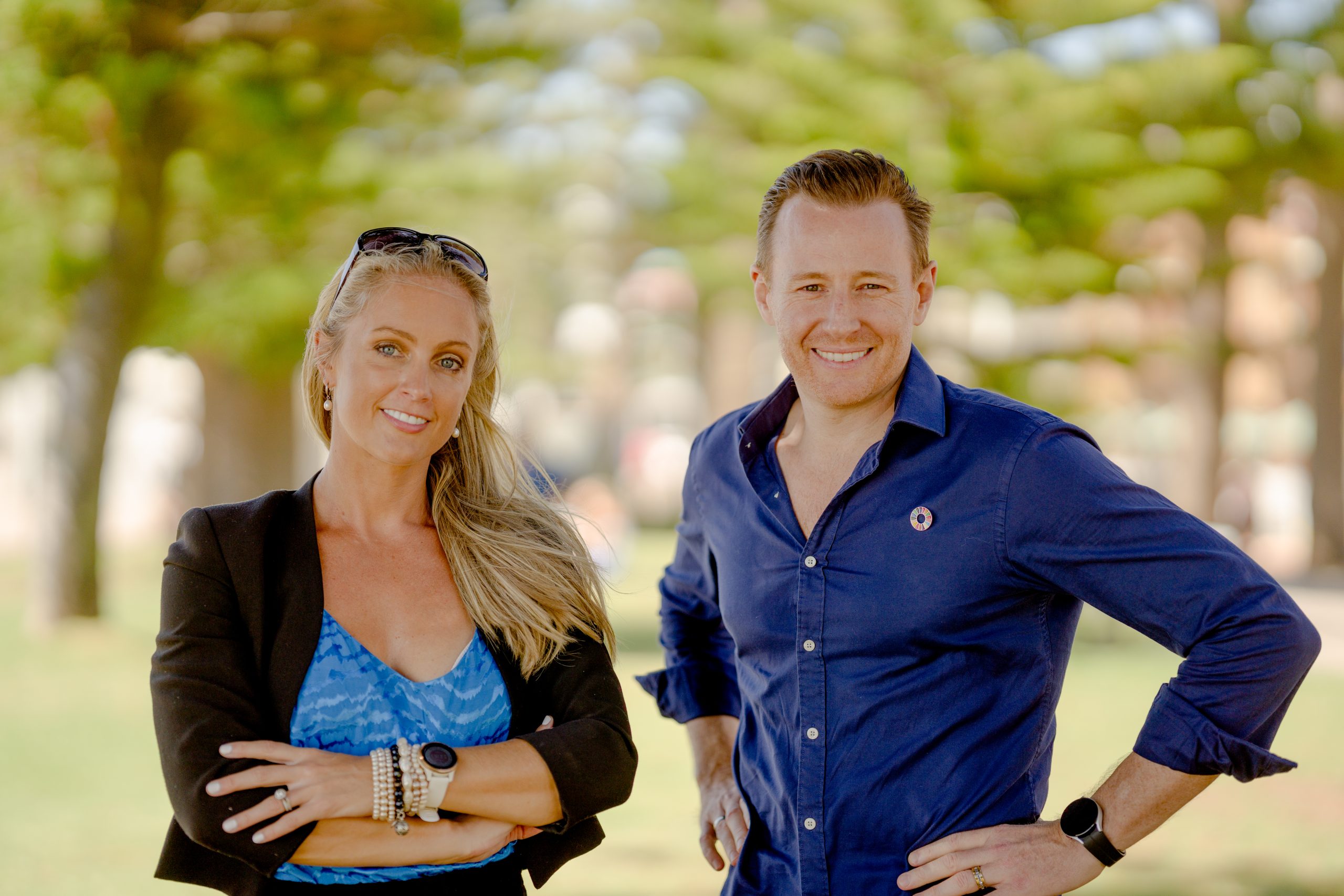(Originally published in the Australian)

Australians are absolutely obsessed with property, and this extends beyond the universal dream of home ownership.
Australia’s US$34 billion commercial real estate market is currently experiencing a significant surge in demand and is expected to be worth US$51.14 billion by 2029, with an annual growth rate (CAGR) of 8.46%.
One key trend driving this is the growing demand for buildings that are both environmentally sustainable, community-focused, and fully inclusive of people of all abilities.
Corporate social responsibility (CSR) is fast becoming more than a buzzword or a tick-box for brand image. Between incoming government regulations and a shift in consumer sentiment, companies can’t just promote their values – they have to live and breathe them or pay the price, whether in the form of fines, reputational damage, or even lawsuits.
This is where Australian proptech companies – which are generating over $1.4 billion in direct economic output each year and supporting more than 5700 jobs – can make an incredible difference.
For instance, Investible-backed proptech CIM has developed a SaaS platform that integrates building intelligence, machine learning, and mechanical engineering to improve efficiency and sustainability across commercial buildings. The tech is designed to save on running costs and improve bottom line for the building owner, while also minimising environmental impact.
Elsewhere, digital wayfinder startup BindiMaps has developed an interactive maps system for complex indoor spaces, helping people find their way via text, audio or a ‘traditional’ map view.
And up-and-coming Melbourne startup EnAccess Maps is creating a platform that allows mobility aid users to share their experiences of venues, collectively creating a map that shares not only directions, but information about the experiences disabled patrons can expect on the way.
Each of these startups has been built on a foundation of social good and purpose. But it’s only a matter of time before these ESG solutions shift from being ‘nice to haves’ to being absolute ‘must haves’.
And they’re not just about inclusivity. Navigating spaces is not just a challenge for people with disability. Quite the opposite in fact — getting lost is one of the most universal experiences there is.
The cost of getting lost
Thanks to GPS and the ubiquitousness of Google Maps, it’s basically unheard of today to drive around aimlessly, hoping to stumble upon your destination, or (much worse!) to have to ask a stranger for directions.
Yet this is exactly what billions of people do every day in complex indoor spaces — think shopping malls, hospitals, airports or universities.
As a society, we just… accept this. But the costs are significant, tangible and measurable.
Take hospitals, as a prime example. One 460-bed hospital in Victoria reportedly found 76% of complaints referred to poor and inaccessible wayfinding. For staff members, giving directions took up about 2.5% of each shift, costing the hospital an estimated $2.2 million, annually.
A lack of a wayfinding solution resulted in visitors missing appointments, becoming frustrated or angry, or even becoming too stressed to undergo treatment.
In retail centres, it’s estimated that up to 40% of shoppers fail to find at least one of the things they’re looking for, every shopping trip. That’s annoying for the shopper, but it also amounts to a 3% to 5% loss in revenue for bricks-and-mortar retailers, with a staggering $50 billion in the US.
In exhibition centres, difficult wayfinding leaves visitors unable to find the exhibitors they’re looking for, costing an estimated $26 billion.
And in transportation, 75% to 80% of flight delays are attributes to passengers boarding late, or not at all. When applied to the $33 billion cost of late flights to the US economy annually, this may be costing $25 billion annually.
That is a lot of unnecessary zeros in costs. But as every savvy investor knows, where there are inefficiencies, there are also opportunities.
Proptech with purpose
Proptech focused on accessibility may have been focused with disability in mind, however, the value is being realised by people of all abilities.
BindiMaps is on location in venues such as the Peter MacCallum Cancer Centre and Budapest International Airport and is launching new tech that’s more accurate, and faster to install, making it a suitable solution for a wider variety of spaces all over the world.
EnAccess Maps is working with local councils across Melbourne to improve accessibility for public buildings. Wheelmap is doing something similar in the US, and in the UK Eventscase is building tech to make corporate events easier to navigate.
When designing public spaces, accessibility (as well as sustainability) will soon be a basic requirement. And as technologies like these become more commonplace, soon we won’t know how we ever lived without them.
Accessibility measures don’t only benefit people with disability. Ramps and curb cuts were designed for people using wheelchairs, but they’re also invaluable to parents with prams and anyone dragging luggage.
There are all manner of reasons one might want to know where the closest toilet facilities are, or which Westfield car park offers the easiest access to the shop you actually want to visit.
Accessibility measures benefit everyone and harm no one.
What’s driving demand?
There are a range of powerful sources driving CSR measures in complex spaces.
Younger generations are no longer putting up with earth-depleting, inaccessible spaces. And they sure as hell wouldn’t dream of asking for directions.
But ageing populations globally are also driving the need for green, accessible public spaces, particularly in cultures with high respect for older generations. Technologies that can facilitate this change without major reconstruction work will likely be quickly embraced.
Locally, The Australian Disability Network is rapidly growing, with more than 440 corporate members committed to accessibility beyond the current laws and building codes. They are advocating for a range of accessibility improvements, particularly in workplaces, and they are only getting louder.
Finally, it may not be sexy or quick off the mark, but the most powerful driver is indeed the legislative stick. And it is moving.
Regulatory bodies around the world are heeding the growing demand for inclusivity and throwing their weight behind change.
We’re already seeing more actions and fines coming through bodies like the Disability Discrimination Act in Australia and the Americans with Disability Act in the US.
In the EU, directives like the Corporate Sustainability Reporting Directive and the Corporate Sustainability Due Diligence Directive are fast expanding the scope and content of ESG reporting standards.
The groundswell of demand is only just beginning, and technology is emerging to meet it. That means there’s an opportunity for investors to get in on the ground level.
Think about that the next time you find yourself wandering in circles in the mall.










